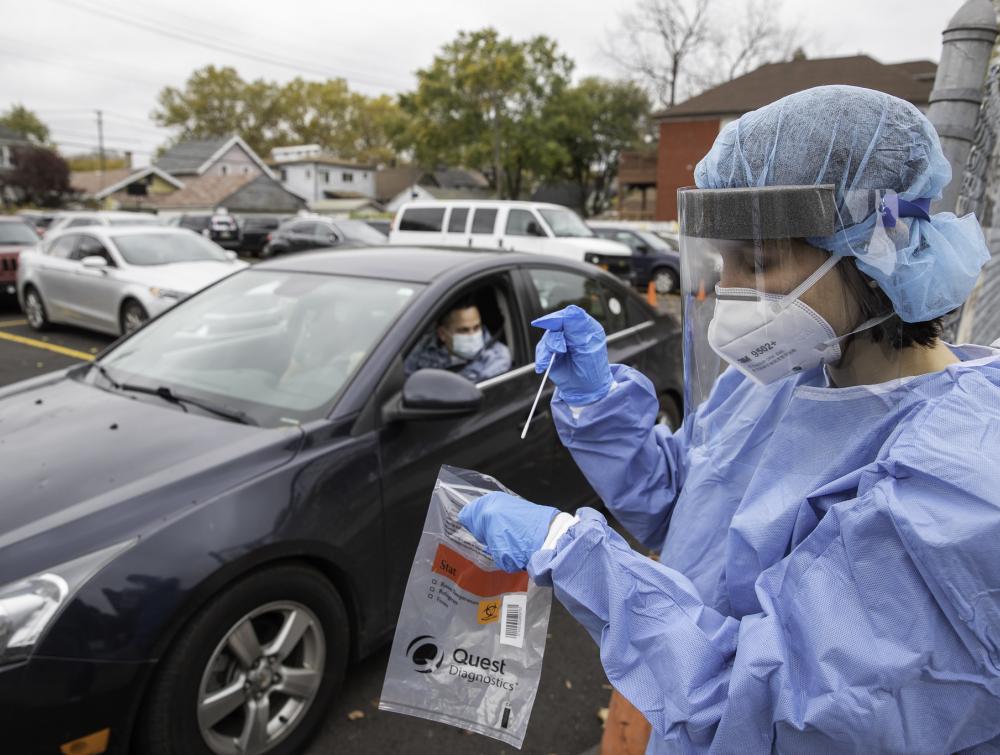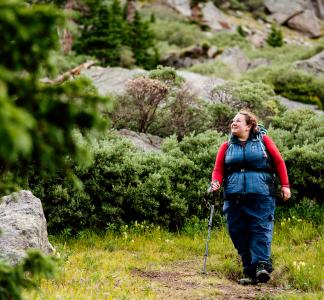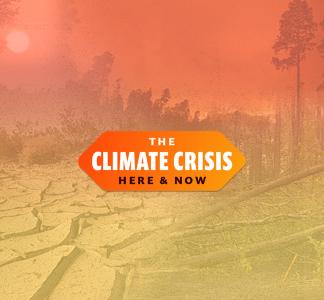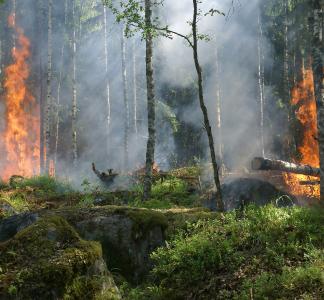Protecting wild nature can help prevent the next COVID-like pandemic

COVID testing station in Detroit in 2020
City of Detroit, Flickr
Report: Habitat destruction aids pathogen “spillover”
As human development pushes deeper into formerly “wild” areas, people are exposed to more new disease vectors. Preserving intact habitat undamaged by human development would reduce those instances.
That reality is reflected in new findings from a Harvard task force that says preventing deforestation and other destruction of wild nature can help avert future pandemics like COVID-19.
The report, released Aug. 16, reiterates that a large proportion of emerging infectious diseases—including the novel respiratory coronavirus known as COVID-19--are those that jump from animals to people (called “zoonotic” diseases). In addition to improving diagnostic tests and other measures, the authors suggest that to forestall these deadly pandemics, we should work to block the “spillover” of possible pathogens at the source. We can do this by investing in forest conservation.
These are the latest in a series of findings that suggest that ambitious land-protection efforts could help limit the chances of outbreaks worldwide. Experts have also pointed out that climate change could influence the spread of diseases like COVID-19--as species move around to adapt to climate shifts, they may encounter animals they normally would not, paving the way for pathogens to jump to new hosts. Preserving intact habitat could help on that count as well.
The director of the task force that issued the report previously released a study asserting that the costs of preventative measures like stopping deforestation would be a tiny fraction of those associated with the ongoing COVID-19 crisis.
Biodiversity, other measures could help too
While the new report specifies tropical forests, as a conservation priority, there are many additional opportunities to stave off zoonotic disease threats.
For example, research suggests that the spread of lyme disease, the most common vector-borne disease in the country, may be blunted by greater biodiversity in areas frequented by deer ticks. So-called “dilution hosts” like opossums and mountain lions help reduce the prevalence of Lyme by attacking ticks directly, and the deer that ferry them throughout a landscape, respectively.
Keeping more wild nature intact and protecting species, as part of the initiative to protect 30 percent of U.S. lands and waters by the year 2030, can be a key weapon in our arsenal against public health disasters.
Learn more about why protecting 30% of lands and waters is critical.
Covid nature frenzy underscores need for equitable outdoor access
Michelle Craig
Extreme weather is battering national parks, forests and other public lands
Dried mud at Joshua Tree National Park by Brad Sutton, NPS; Hurricane Sandy storm damage at Chincoteague National Wildlife Refuge by USFWS, Flickr; Las Conchas Fire by Jayson Coil, Flickr; Sun by Johan Elder, Flickr
New climate change report: “code red for humanity”
Pixabay



